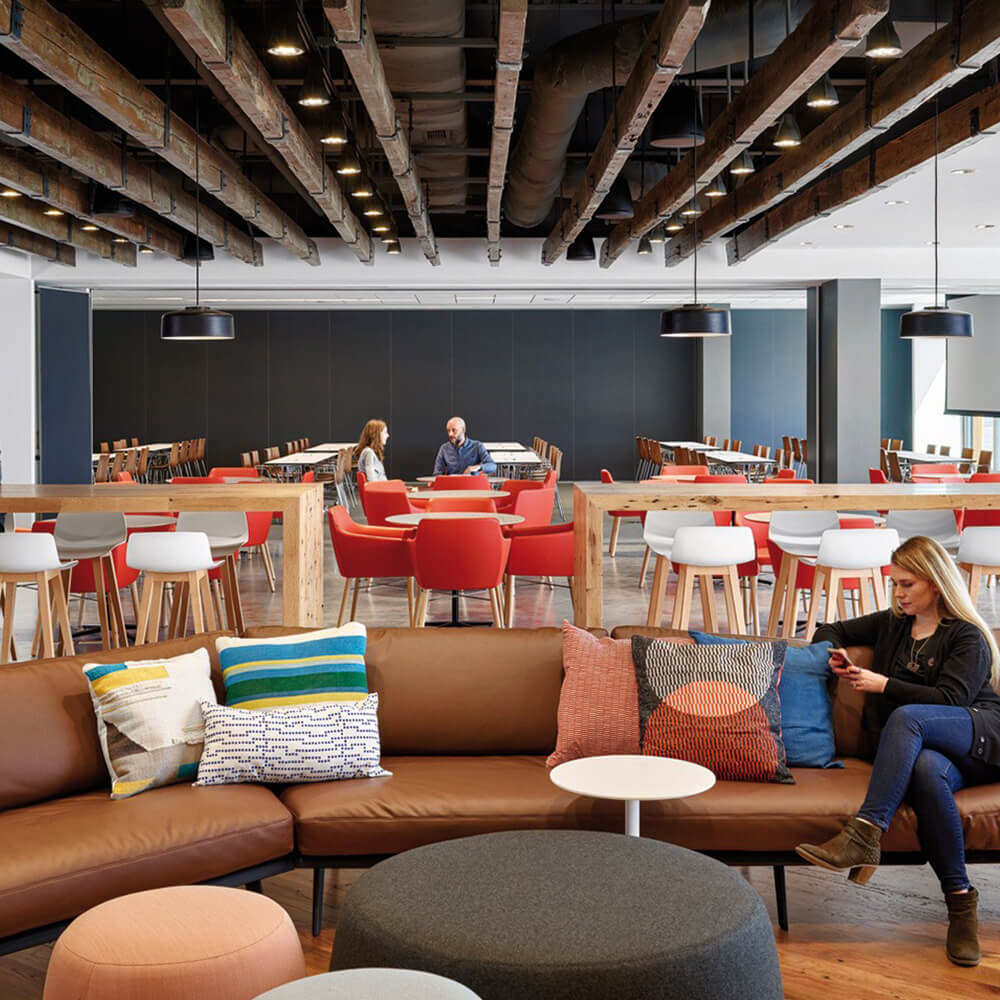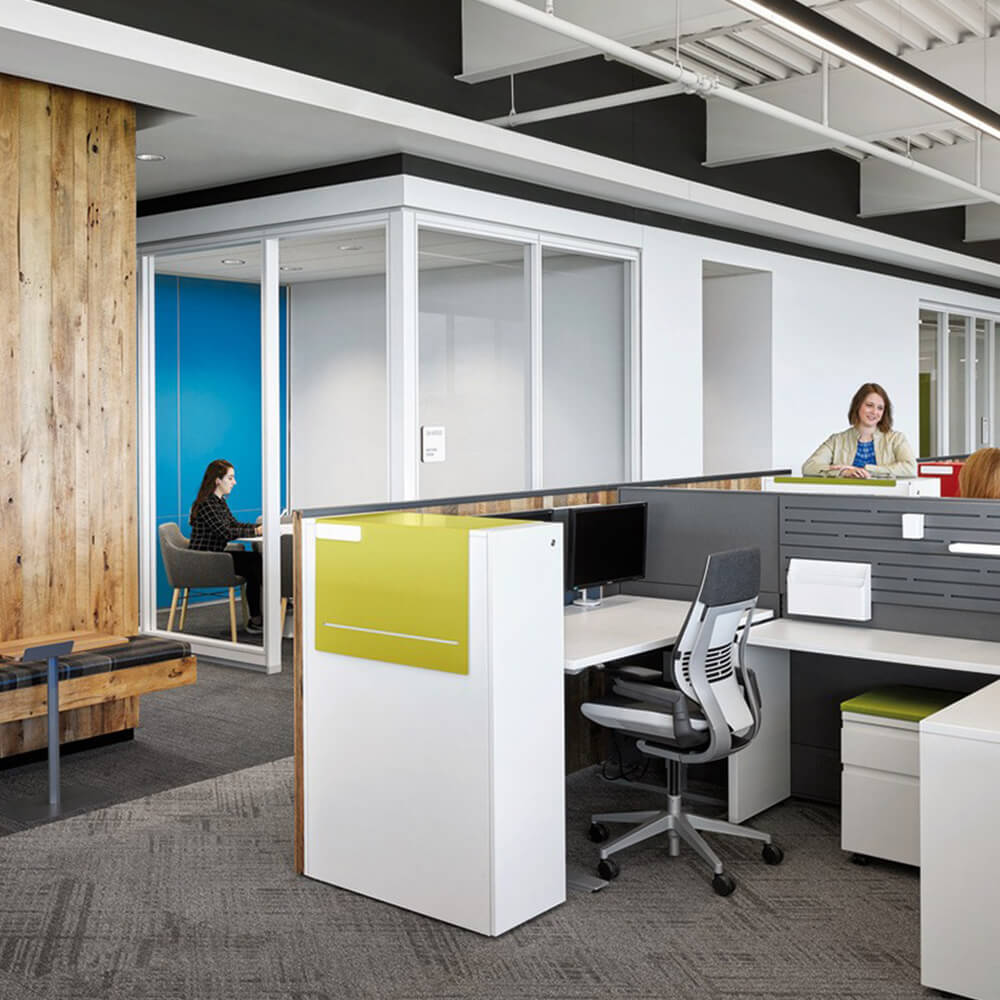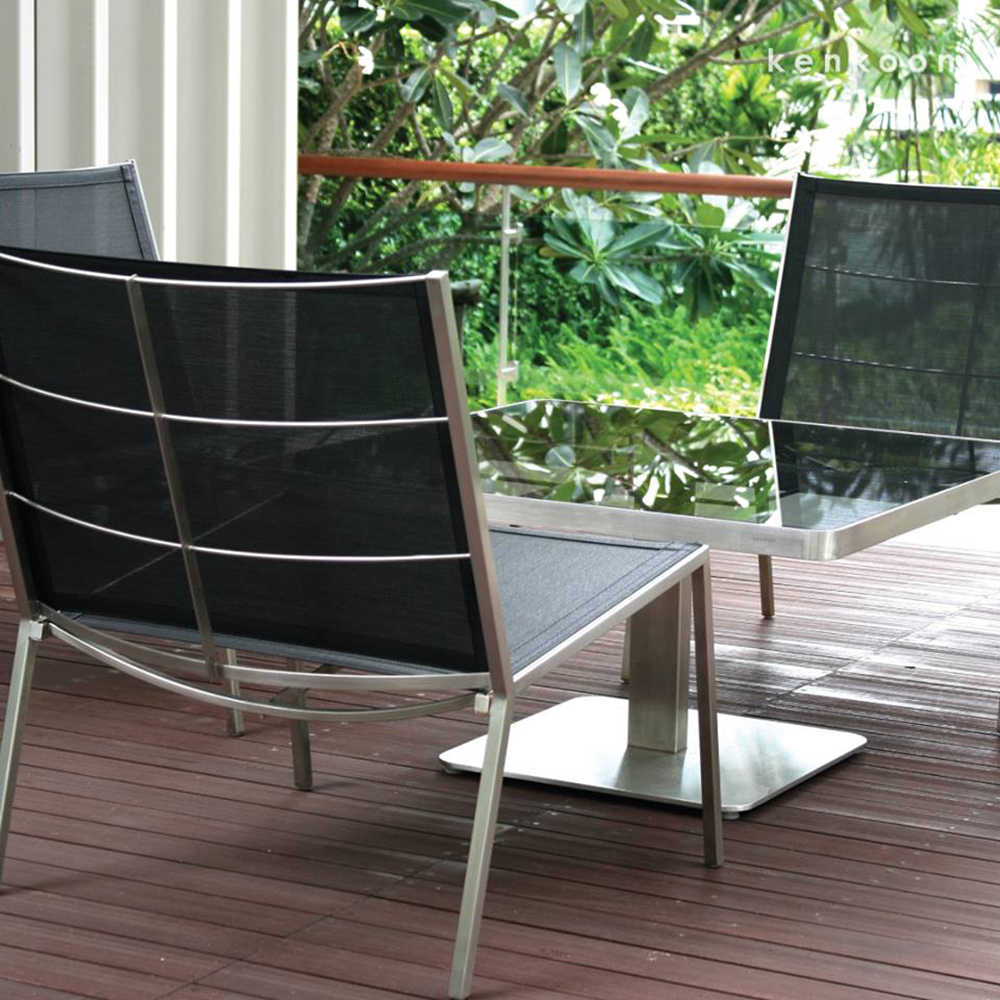June 2019
Best Investment for You and the Planet
Read more
“In the fog of coronavirus, there are no experts.”
— Ross Douthat, The New York Times
There are many questions about what the workplace will look like once the COVID-19 curve is flattened and office workers begin to return to work. Leading architects and designers are being asked to visualize and present the future of workplace in a Covid-19 world as their clients are either eager to safely reopen current offices or begin planning future ones.
There are many questions on how workplace design will evolve as a result of the pandemic:
There is no one answer to the exact look and feel of workplace design moving forward but here are several areas of focus that architects and designers are closely examining as they work with their clients to create safe, successful workplaces, answering the question: What’s Next in Workplace Design?
Agile Workspaces (the practice of creating a flexible and productive environment by providing employees with a variety of settings that they can move through quickly and easily in order to support an activity-based environment) may be replaced by assigned or fixed spaces to prevent the spread of disease.
Benching, that is, bench style office seating as it currently exists will be modified with privacy barriers to contain sneezes and coughs. In future projects, benching could evolve to position employees back-to-back rather than face-to-face. It’s also possible benching will be completely abandoned.
Densification will be reduced. New projects will accommodate the need for distance and may include more private offices, fewer public spaces and conference rooms with fewer chairs to control the number of people in the room. Current densified spaces could implement Corporate Sequencing – a staggered day/time attendance to have fewer employees in a space at the same time.


Hot Desk office configurations, or “hot desking,”is unlikely to continue as all employees are acutely aware of wanting a consistent space they can clean and disinfect, and know that no one else has touched.
Huddle Spaces will no longer be built into the office environment. Teams will continue to collaborate but in larger spaces.
Private Offices will be more in demand as a way to attract and retain talent.
Resimercial aesthetics for office design may fall by the wayside as these casual, shared spaces are typically intimate and dominated by soft materials that are not easily disinfected.
COVID-Free Building Certification may be awarded to buildings that have undergone viral remediation after being empty for months.
Health and Safety Consultants will become vital to every design team. Teams will grow to include experts on how to keep employees safe at work. And these experts will work hand-in-glove with on-site facilities departments to assure employee safety.
Health and Wellness Communication will be actively built into corporate positioning and branding. The need to communicate on-site protections of employees and visitors to a corporate space will be critical. New signage will be needed throughout spaces.
Wellness Desks in building lobbies or office entrances may become the first interaction employees and visitors have in the workplace. The Wellness Desk could monitor the temperature of every person entering the building and/or distribute PPE (personal protective equipment such as face masks, surgical gloves and/or hand sanitizer) as needed.
Cleaning Stations will be built throughout workspaces to encourage employees to wash their hands and wipe down their workspaces. They will also stock appropriate office PPE.
No Touch Experiences will be developed so employees have hands free entry to buildings, access control and elevators. No touch experiences may be controlled by Bluetooth, much like the Butterfly App that can currently grant entry to a building. Many believe the pandemic will cause the development of new technology to meet these needs.
Design to Nudge Behavior will be built throughout an office. For example, One Way Traffic throughout an office will be the new norm. Employees will move in the same direction to avoid face-to-face contact and spray. Additional emphasis will be placed on how all employees move within a space. Design will have the intent of fostering new interactive behaviors.
Outdoor Spaces and products for them will become more prevalent in workplace design as companies seek to allow employees to be outside while physically being at work.
Video Conferencing or Virtual Meeting Rooms will be added to the built environment. These places will enable collaboration among people who are working remotely and people who are in the office.
Collaboration via Technology will move from being the exception to the rule. For the past decade, workplace spaces have been about collaboration. As-yet undeveloped technology will allow for collaboration among remote employees.
UV Lighting for offices may be used to control the spread of germs. For example, it could be installed in all workspace ceilings and entryway floors. Entryway floors could be used to kill germs on shoes. Ceiling lights can be used to kill germs at night when employees are at home. And, x-ray like UV machines could be used to disinfect all items entering a workspace.
Antimicrobial materials and surfaces will be developed to kill germs on contact.
Textiles will be chosen based on their ability to repel and kill germs. Healthcare fabrics will cross into workplace.
Carpet and Flooring may be designed to indicate 6 foot distances, parameters around work station or workplace traffic patterns. Flooring made of antimicrobial materials will dominate.
Textures on all products will be abandoned for smooth surfaces that can easily be wiped clean and disinfected.
Ventilation systems that remove germs from the air. Currently most building recirculate air. New systems will be built to allow for clean air.
No Touch doors, faucets, soap dispensers, refrigerators, etc. will be developed.
UV Lighting may be built into all products that are touched. For examples, door handles, knobs, flooring, etc.
